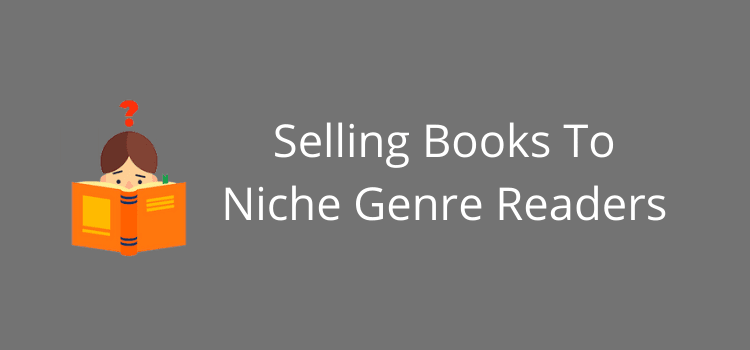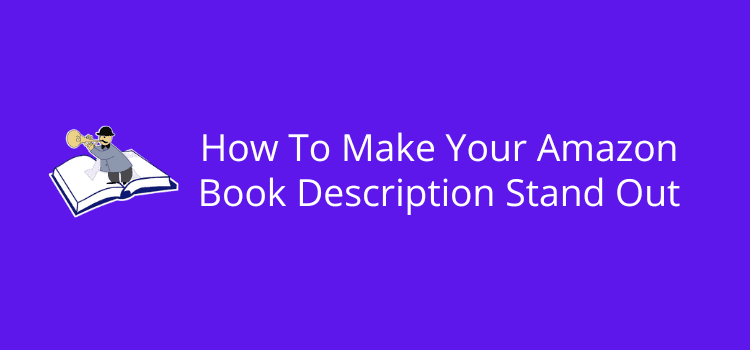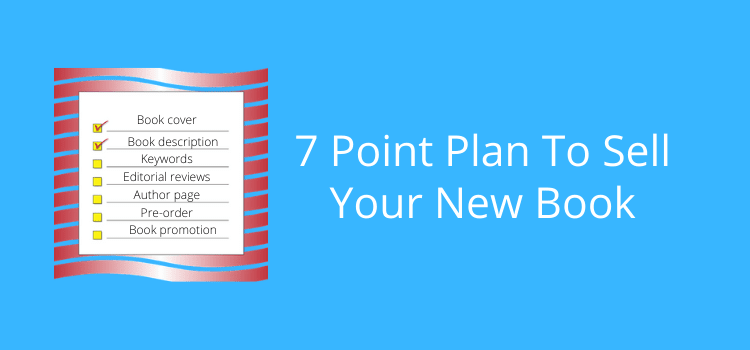
After all the time it took you to write it, you now want to know how to sell your new book.
Self-publishing a print book or ebook is easy. All you need to do is upload your book cover and interior text file. Within 24 hours, it’s on sale.
However, many new authors rush into publishing without considering how they will convince readers to buy the book.
The only way to self-publish a new book and have a reasonable chance of success is to plan well ahead. What you do before publishing is far more effective than what you do after.
Planning to sell your new book
There are thousands of new books and ebooks published every month. It’s a highly competitive market, and book buyers are very hard to attract.
Many new books are so often rushed and prepared on the cheap.
These usually have a poor-quality homemade cover, a quick two-sentence book description, and no customer reviews.
Publishing books such as this stand little chance of selling.
When the inevitable happens, and the book doesn’t sell, the only remedy is to improve the cover, book description, sales pages and beg for reviews.
But it’s all too late. The damage has been done.
If you want the best chance to sell your new book, don’t think about what you can do after publishing it.
Think about what you can do well before you publish your book.
There are seven crucial aspects you need to get 100% right before you publish your new book.
When you can tick them all, you will give your book its best chance of selling.
1. Your book cover must shine
Your book cover will be the first thing a potential book buyer sees. You need to ensure that it not only attracts instant attention but also fits the genre of your book.
Look at the covers of the top ten books in your genre. You should notice that they are similar in design, color, and font selection.
Books in the romance genre tend to use serif title fonts and pastel colors.

Science fiction covers usually use san-serif fonts and deeper colors.

Self-help and personal development book covers have sans-serif title fonts with vivid graphics and rarely incorporate photos.

Hiring a good book cover designer is always the best option because they know how to prepare a cover for a specific genre.
But if a designer is beyond your budget, you can use Canva to design your ebook cover. You can design an acceptable ebook cover with a free account.
But the Canva pro version is not very expensive, and you get many more options. Another advantage is that you can try different designs and share them with friends and contacts.
Ask them what they think so you can get some feedback before you decide on the final version.
One last consideration is what your book cover will look like as a small thumbnail image in a book retailer’s search results.
Make sure your title and author name are legible and that your cover image is not blurred or fuzzy.
Whichever route you take, design a book cover that will attract the right book buyers.
2. Your book description needs to hook readers
A great book cover attracts attention. But it is your book description that convinces a reader to buy your book.
You have to give a reader excellent reasons to think about buying your book.
Writing a compelling book description takes time, and it is certainly not a quick story summary.
Again, look at the top-selling books in your genre and note the elements in the book descriptions.
How are they formatted? Do they use questions to hook a reader’s interest?
Writing a book description is challenging, so don’t think it’s a five-minute task.
Take your time and craft it to give a potential reader good reasons to buy your book.
3. Research and choose your categories and keywords
Without a doubt, this is one of the most overlooked yet vital factors in selling a book.
When readers look for a new book, they either go to their favorite genre listing or use the search bar on Amazon or other book retailers.
If your book is listed in a broad category such and History or Literature & Fiction, it will be lost amongst 1,000s upon 1,000s of other titles.
It’s the same for your seven search keywords. Selecting single words like romance, France, marriage, or conflict will get zero search results.
Making these decisions when you publish your book is one great way to doom your book to being lost to readers searching for a new book to buy.
You have to carefully research your category and keyword selections before publishing your book.
Do you know you can get your book listed in more than two categories?
Do you know that search keywords are short phrases?
With successful authors, the most popular tool is Publisher Rocket.
There is no better way to discover profitable keywords and categories that real customers use when looking for a new book.
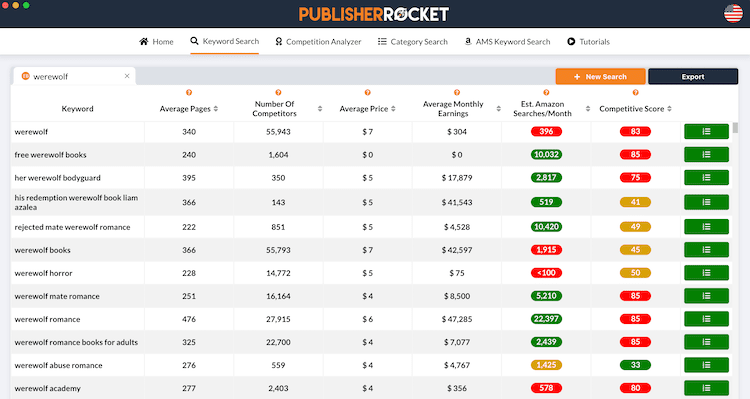
You can access every detail you need to do comprehensive research into the keywords with a high search frequency but a low competitive score.
You can use the program to find the best categories as well as keywords for Amazon Ads.
It has tutorials to guide you to find the best categories and keywords to help your book become more discoverable.
There are options you can use to find your keywords and categories for free.
It will take you longer, and the results won’t be as effective. But at least you will find better alternatives than simply guessing.
4. Adding editorial and gaining customer reviews
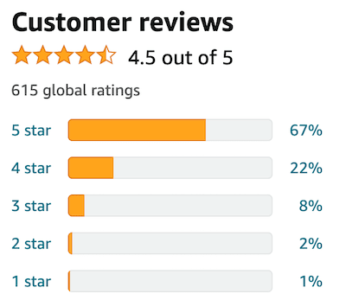
Reviews sell books, but you need to sell books to get reviews. It’s a catch-22.
But you can get around the problem by doing some hard yards before your book goes on sale.
There is nothing worse than having zero reviews on your book’s sales page when you launch it.
Ideally, you should aim for at least five to ten reviews that you know will be posted on your book in the first few days.
The only way to do it is to ask friends, contacts, or anyone else you can beg to add a review to your book.
If you used beta readers, ask them to write a review and send it to you before you publish.
You can then add these as editorial reviews to your book.
There’s no easy way to get book reviews, and it’s one of the most challenging parts of publishing a book.
But if you concentrate your efforts on getting reviews and promises to add reviews before you publish, you will gain the benefits.
A new book with 5, 10, or 20 customer reviews will always sell much better than one with none.
Your Amazon author page is more than an introduction to you as an author.
Yes, you should make sure your profile and bio are up-to-date, appealing, and accurate.
If a reader is considering your book, they will very often click on the author to find out more about you.
But there is so much more you can do with your author page.
You can add more book metadata, such as reviews, front and back flap blurbs, and format your book description.
Don’t think this is an option you can get around to later. Make sure your author page is perfect before you release your book.
6. Leverage pre-order sales
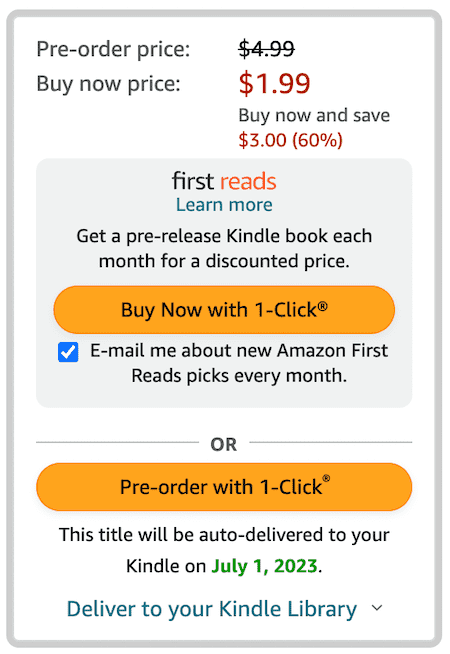
Publishing your ebook as a pre-order is a terrific way to ensure that everything is perfect before it goes on sale.
It gives you time to correct or improve elements you might have overlooked or suddenly realize need a tweak.
You can check your book sales page and be confident that everything is correct.
The amount of time is your decision. But a good rule of thumb is to set your book on pre-order for around a month.
It gives you time to ramp up your pre-launch marketing and double-check and triple-check every detail on your book sales page.
The other advantage is that you might get some Kindle pre-order reviews and early sales that will boost your ranking when your book goes on sale.
Don’t forget to let your family and friends know about it and urge them to buy a pre-order copy.
7. Book promotion is essential
Book promotion generally starts on the day your book goes on sale.
There are many options for paid and free book promotion ideas.
But only thinking about your book promotion after your book is on sale is a bad move.
You need your promotions to start on day one and continue on a planned rotation or frequency.
You need to prepare a plan with your different promotion ideas and schedule them well ahead of time.
When you prepare your promotion plan, make sure that you prioritize the first day, week, and month.
Then keep it going for the following six months or more.
Summary
If you want to sell your new book, you need to do a lot of work before you even think about hitting the publish button.
The more work you do beforehand, the more chance you will succeed with your book.
There are no easy shortcuts and no easy wins.
Successful self-published authors always work hard, prepare, plan, and of course, write great stories.
While there is nothing to guarantee that a book will sell well, you can increase your chances by completing the seven points in this article.
But don’t take any shortcuts with any of them. Take the time necessary to complete each step thoroughly.
Related reading: How To Create A Free 3D Book Cover To Promote Your Book

